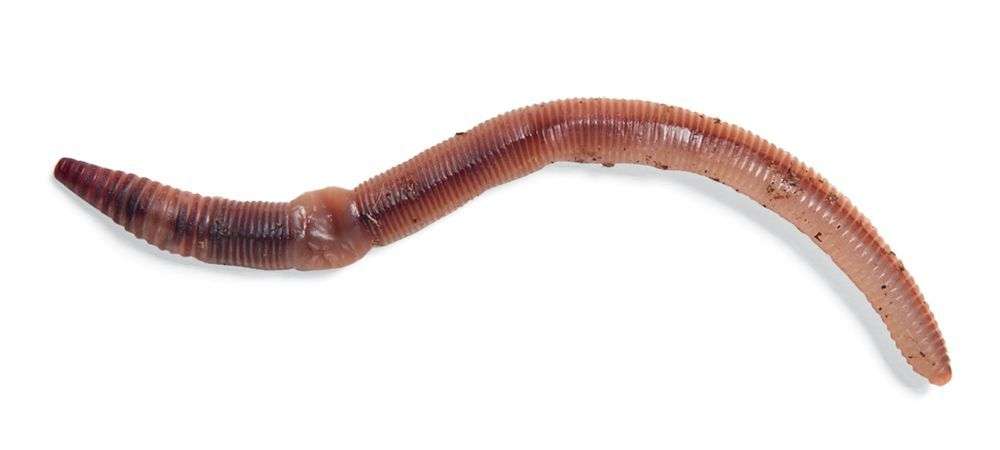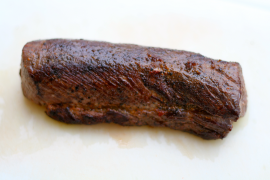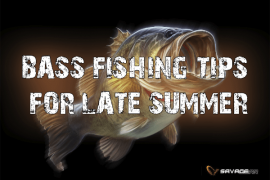
When you absolutely, positively have to catch a fish, live bait is the only way to go, period. While artificial lures are variously new, improved, or otherwise hyped worldwide, the lowly worm and its myriad bait-shop kin just keep quietly hauling them in. There’s both an art and a science to baitfishing, part of which involves knowing to use the right bait in the right way at the right time. This guide matches up America’s most popular baits with our most important gamefish. You’ll catch more fish and have more fun by reaching into a bait bucket now and again—which is why this fishing is a little like the old Marvin Gaye song: “Ain’t nothing like the real thing, baby…”

Target Species: Trout, smallmouth bass.
Collecting: Turn over larger rocks in fast-flowing riffles while holding a small net immediately downstream. Sculpins will be swept into the net by the current but will flip away quickly unless you grab them. They are not usually available in bait shops. Using them is illegal in some states, so check local regulations.
Storage: Most sculpins are stream fish, and long-term storage is difficult. An aerated minnow bucket will keep the bait alive for a few hours of fishing. They can also be fished as dead bait; store leftovers in the refrigerator for up to three days.

Rigging: Lively sculpins should be stunned with a light whack before fishing. Otherwise, they’ll dart under bottom rocks to hide. Hook a 3-inch sculpin through the lips with a size 4 bait hook and add enough split shot 18 inches above the hook to make the bait bump -bottom as it drifts downstream.
Tip: Fishing a freshly dead sculpin is similar to using a live one. Twitch your rod tip during a drift to give it action. You can also still-fish a dead sculpin on the bottom of a deep river hole, where it’s likely to be picked up by a brown trout.

Target Species: Pike, muskies.
Collecting: White suckers from 8 to 12 inches long are popular bait for pike and muskies. They’re raised commercially and best obtained from a dealer.
Storage: These moderately hardy baitfish will survive a day in your live well, or longer in a larger, well-aerated tank in your garage or basement.

Rigging: Big suckers have long been rigged with a single hook through the nose, but a pike or muskie has to swallow the whole bait before a hookset, which gut-hooks the fish and kills them. A quick-strike rig has multiple hooks that allow immediate hooksets and release of the fish. Usually this involves a large single hook at the nose, trailed by one or more trebles on a wire trace that attaches to the middle or rear of the sucker’s body. Pre-tied rigs are fairly inexpensive.
Tip: A hard hookset is essential with this kind of rigging because you’re trying to move multiple hooks out of a big bait and into a very large fish. Low-stretch superline helps, as does a heavy rod with lots of power in the middle and butt sections.
Fathead Minnow

Target Species: Crappies, perch.
Collecting: Raised as baitfish, fatheads are inexpensive and can be found in most bait shops.
Storage: These minnows are tolerant of warm water and can be kept in any aerated bait tank.

Rigging: Fatheads are the favored crappie bait, partly because they are often about 2 inches long, which suits crappies perfectly. Use a light-wire size 8 or 10 hook right behind the dorsal fin (such as an Eagle Claw model 215 cricket hook), one small split shot 6 inches above the hook, and a small bobber 2 feet above the bait (adjust for depth as needed). Alternatively, hook a fathead by its lips to the back of a small crappie jig, and dip vertically without a bobber in and around brushy underwater cover.
Tip: Chumming with live fatheads will sometimes help you score with both crappies and yellow perch. The trick is to not overdo it.

Target Species: Landlocked stripers, flathead and blue catfish.
Collecting: A common baitfish in Southern reservoirs, gizzard shad are often found in shallow, sandy, or muddy coves off main-lake channels. Small schools sometimes dimple the surface of calm water, at which time they can be taken with a cast net.
Storage: Gizzard shad are probably the hardest of all baits to keep alive and frisky, even for a short time in a boat’s live well. Their slime and scales can plug live-well filters, while their excrement further fouls the water. To combat this, replace your live-well water at least once an hour.

Rigging: For stripers, use a 4/0 to 8/0 Octopus-style hook (depending on bait size) on a 4- to 6-foot, 40-pound-test leader, and run the point upward through the bait’s hard upper jaw in front of the eyes. Add a 1-ounce slip sinker to the main line, connect it to the leader with a barrel swivel, then loosely tie a small balloon…





